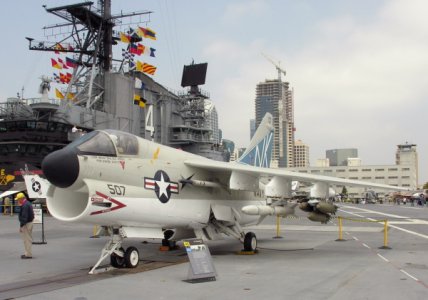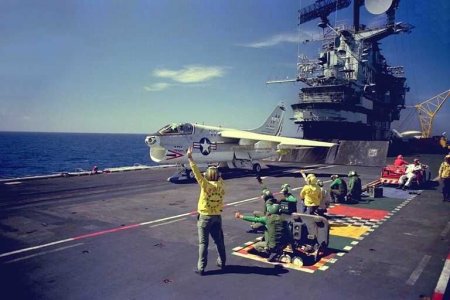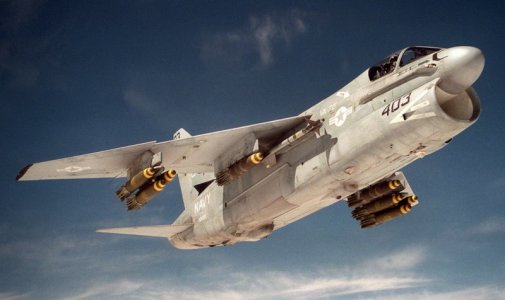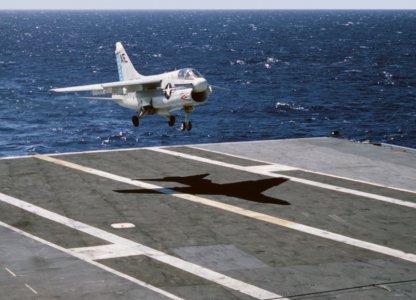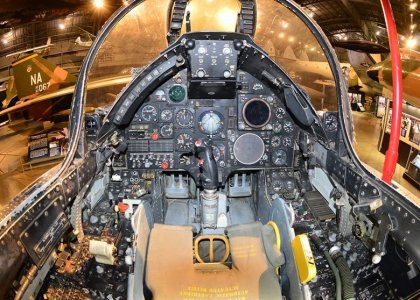I remember reading about the original Corsairs during WWII. The planes we had at the start of WWII with Japan were heavy, slow and had very little armament. The U.S. pilots suffered many loses flying these archaic planes.
A few years later, in come the Corsairs. The Corsair at that time was fast, maneuverable, and carried several types of armaments including, missiles (rockets), bombs and 2 Browning machine guns in each wing. Some also had a cannon. The plane was saud to fly at 400 mph. It became a very famous plane that was credited with taking apart the Japanese Army Air Force. Both Navy and Marine pilots flew these planes.
It can be seen in the Navy’s National Museum. If I’m not mistaken, I saw one of these years ago at an air show. It was privately owned.
